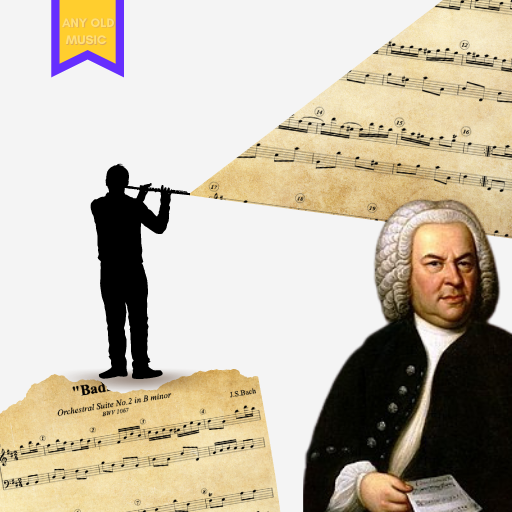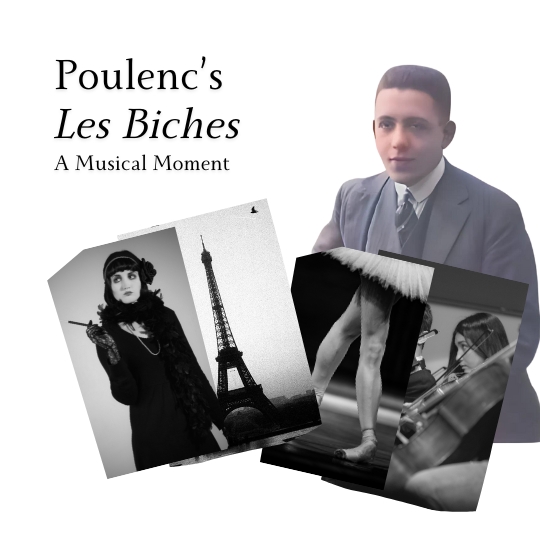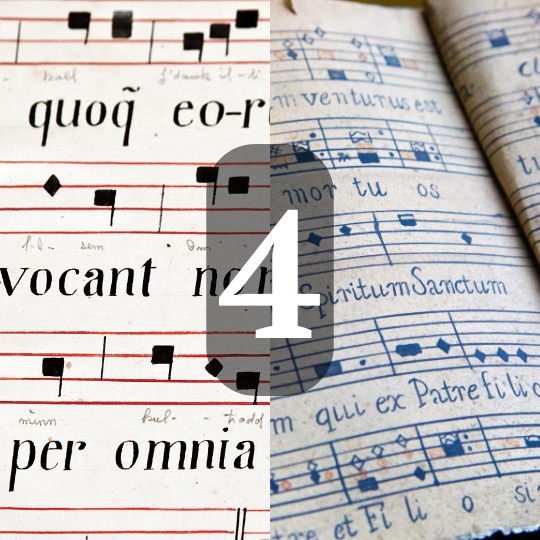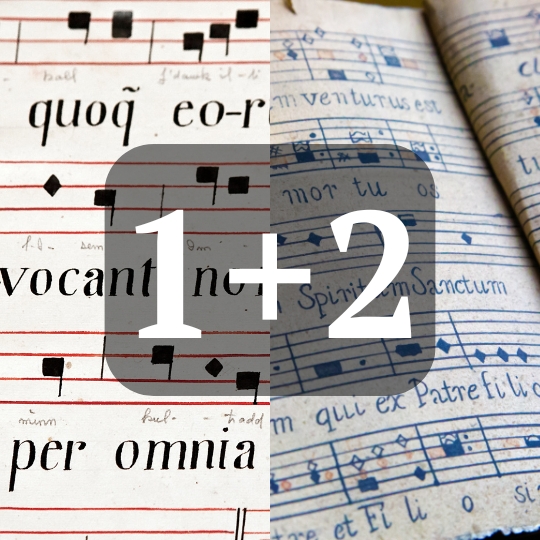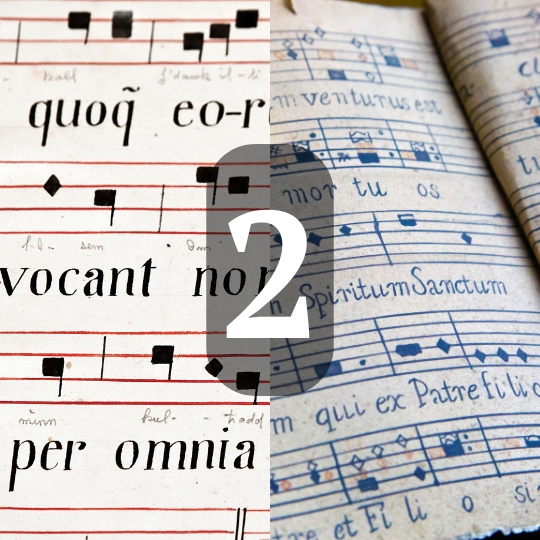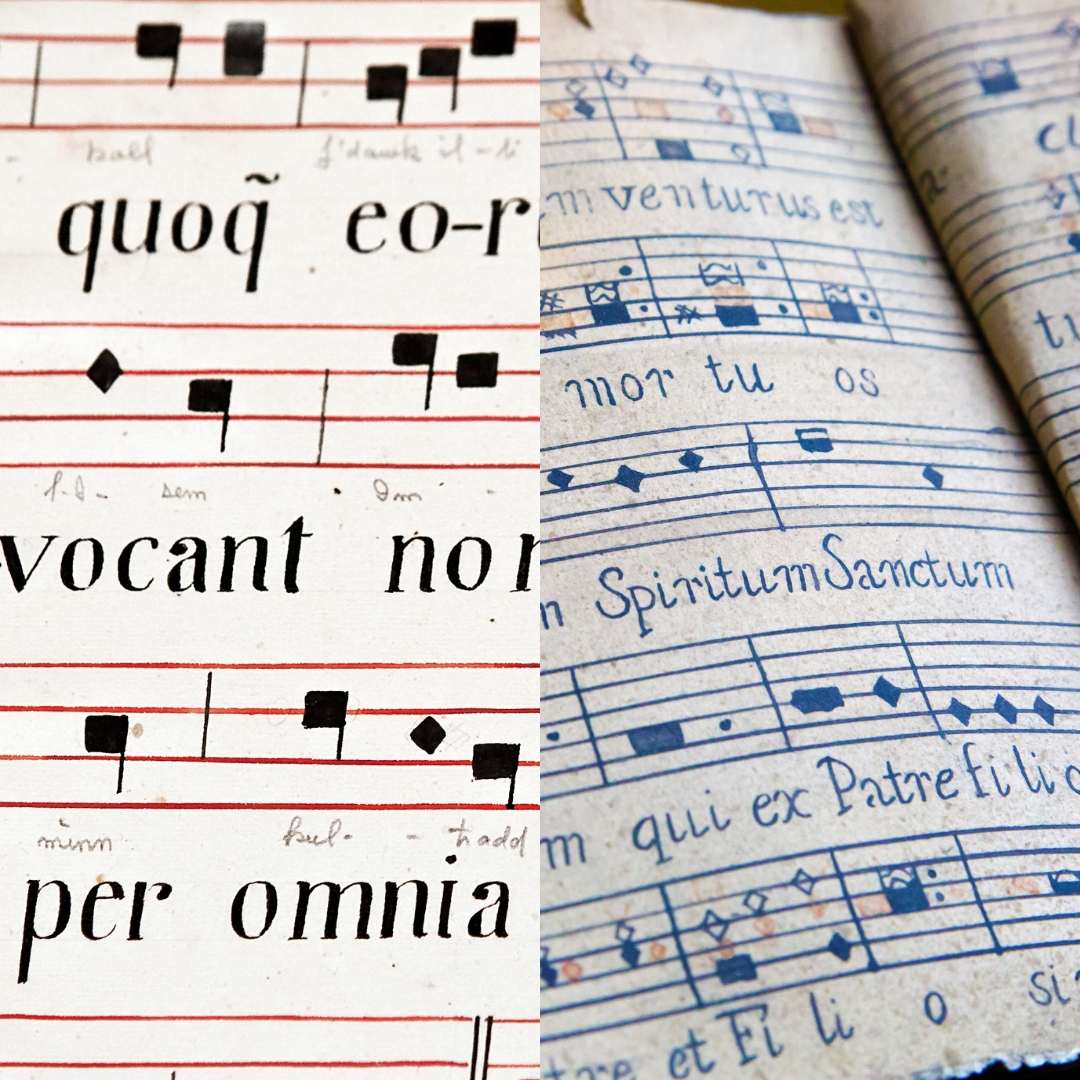Paul Dukas’s The Sorcerer’s Apprentice (1897) is a musical composition based on a poem, of the same name, by 18th-century German writer Johann Wolfgang von Goethe. Goethe was a product of the later Enlightenment. However, he had a profound impact on the European 19th-century and Romantic culture. For instance, Dukas is only one of many composers inspired by Goethe’s work. Goethe’s Faust (1806/1831), for example, inspired operas by Charles Gounod and Hector Berlioz, as well as Franz Liszt’s Faust Symphony (1857).
The Poem
Goethe’s The Sorcerer’s Apprentice, in English translation, can be found here and is the version I used as a reference for looking at the piece.
The Composition
Below is a useful score reduction video that I found helpful in listening to and performing my analysis of the piece.
Poem Summary
In summary, the poem is about an apprentice sorcerer and their master. Leaving the apprentice alone in the workshop to complete chores, the apprentice becomes tired and bored of carrying buckets of water and decides to enchant a broom to help. At first confident, the apprentice loses control of the broom, unable to break the enchantment that they cast. As the workshop begins to flood, the apprentice attempts to break the broom with an axe. The apprentice fells the broom, splitting it in half. However, to their horror, the two parts of the broom become animated by the same spell and start work once more, flooding the workshop at twice the rate. Finally, just in time, the master sorcerer returns and breaks the enchantment and the flooding of their workshop.
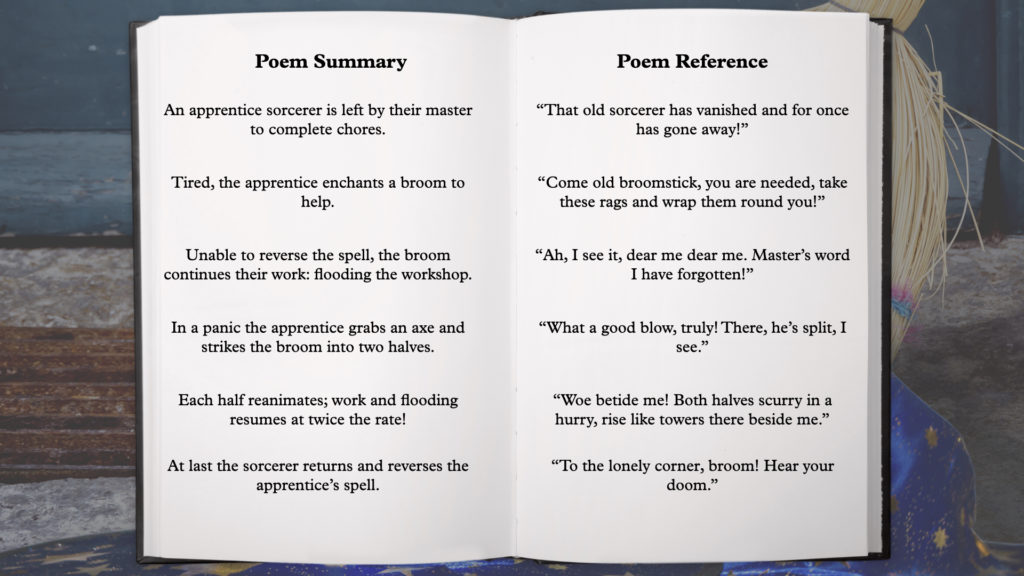
Programmatic Music
Focussing now on Dukas’s The Sorcerer’s Apprentice composition, which is a programmatic symphonic composition, how does Dukas turn Goethe’s poem into a musical composition? Moreover, how does the music reflect story elements within the poem, if at all?
Act one: exposition
Dukas takes several details from Goethe’s poem, which guide many musical attributes, such as the thematic material, orchestration and the overall form of the piece. For example, Gianmaria Griglio, in their analysis of the Sorcerer’s Apprentice, identifies semblances of sonata form and several themes that parallel the story structure of the poem. For instance, in the introduction and exposition, Dukas introduces four main themes: one for The Water; one for The Broom; one for The Apprentice; and one for The Sorcerer. (Each link on the themes should take you to an example of them in a score video.)
The two main characters and themes are the apprentice and broom themes. The theme of the latter, the broom theme, dominates this piece. Moreover, in their analysis, Gianmaria Griglio also identifies the orchestration of the broom theme on bassoons and contrabassoon to signify the grotesque. I also wondered if the orchestration choice of the Bassoons was also for their physical resemblance to a broomstick poking out the top of the orchestra like a broom handle?
If you’re enjoying this article, why not sign up for our musical knowledge bombing list? (Find out more by clicking the link. Thank you.)
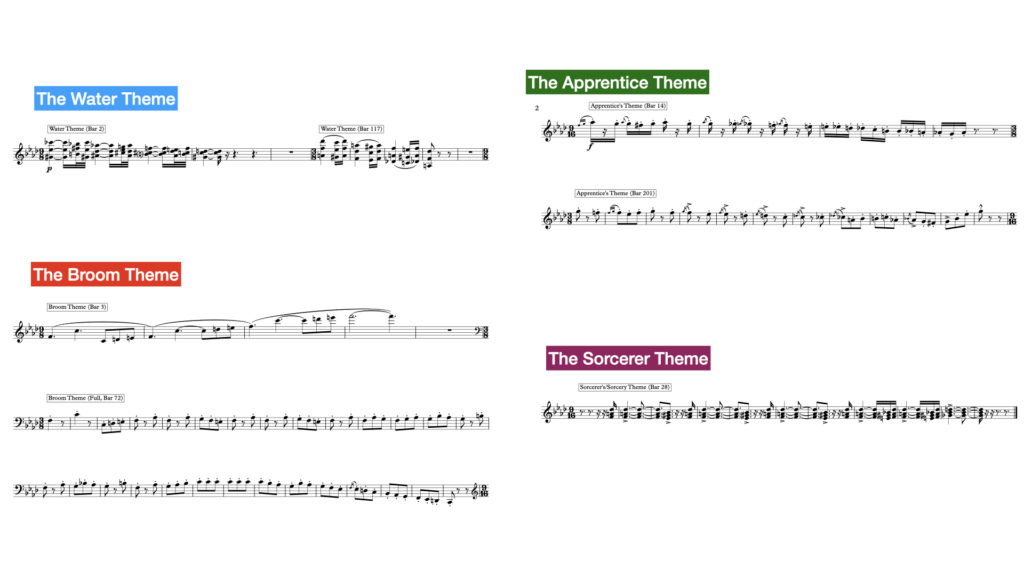
Mozart, when introducing a theme in his Sonata form movements, often repeats the melody with subtle variations. For example, in his E
Act two: development
The exposition in a three-part structure, the characters and story are established. Similarly, as we progress, the problem for our apprentice protagonist arises, and the tension begins to mount. As the broom possessed takes to the chores diligently, it begins to flood the workshop. With this rising tension, Dukas can deploy techniques that are reflective of many development sections in other, even the most traditional, sonata forms, albeit dressing it in more contemporary harmonic structures.
The development section is the section of harmonic adventures and large scale tonal movement. Dukas, therefore, can create tension via harmonic dissonances, dualities and abrupt tonal and thematic shifts. For example, one of my favourite parts of this section features harmonic pedals against chords and melodic material that are at tonal odds with one another. Note, in the example below, how the chords and melodies rarely use the same pitch as the underlying pedal-point. In some, for instance, particularly for the A-flat pedal, they seemingly avoid reinforcing the pitch that the pedal-point imposes. The technique creates not only harmonic tension and dissonance but a feeling of discombobulation, as though the components of the music have become detached from one another.
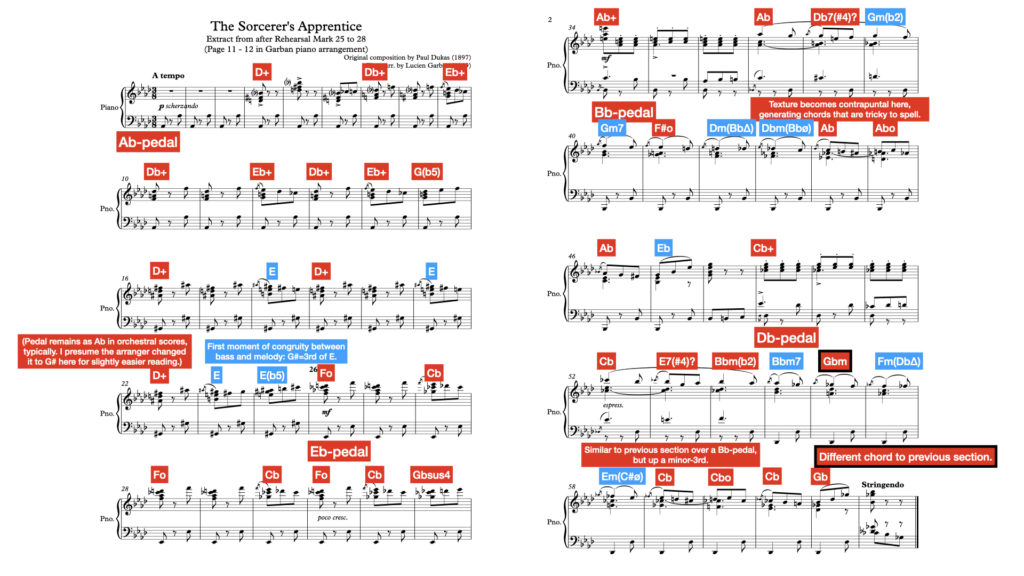
The other things that I like about this section are its clear emphasis on augmented triads, which are a staple of this piece, and how Dukas develops and juxtaposes the broom and apprentice themes.
Augmented Triads (example image above)
A chord of limited transposition, the augmented chords, create an unsettling and surreal sonority for this composition and particularly this section. Similar to the diminished seventh chord, which is also used lightly in this passage, they are limited in transposition as you can spell them in several ways without the actual pitch content changing. For instance, a D-augmented chord contains the same pitches as an F#-augmented or Bb-augmented chord. Comprising stacked major thirds, where the diminished is made of stacked minor thirds, the identity of augmented chords is slippery. Distinct in sonority but indistinct in function, perhaps this is where its unsettling and surreal nature lies: in these oppositions.
Developing the Broom Theme
Alongside the disjunct augmented harmonies and pedal point, Dukas also does some interesting things with the broom theme through the section. Each thematic statement transfigures the broom theme onto a new scale structure of whole tone quality. For example, in the first two iterations, we get the two types of the whole-tone scale. Similarly to the augmented chords, whole-tone scales are modes of limited transposition.
For the final iteration of the broom theme, in the section over the Eb-pedal, Dukas juxtaposes elements of the whole tone and a minor-3rd figure between D and F. The use of a minor-3rd here is significant as it conflicts with the whole-tone quality of the music through this section. It conflicts with the whole tone quality as one cannot construct minor-3rd intervals in a whole-tone scale. The dramatic shift swiftly imposes a different scale structure and sonority on this sub-section and elevates the dissonance between the D and Eb.

Conflict: juxtaposing the despairing apprentice and perpetual broom
In the final part of the section, characterised by its use of a Bb and then Db pedal point, Dukas juxtaposes a fragment of the broom theme with a version of the apprentice theme. Furthermore, while the broom theme slides into an upward sliding chromatic line, the Apprentice theme is presented as a desperately falling legato phrase. Not so rosy for the apprentice, the broom surges on with its work.

Analysing Bach's Badinerie, I discuss texture, harmony, tonality and melody. It is a treasure trove of composition technique presented by the prolific master and 18th-century musical craftsman Johann Sebastian Bach.
Act 3/Recapitulation: one becomes two
What a good blow, truly! There, he’s split, I see. Woe betide me! Both halves scurry…
Grabbing an axe and felling the broom, the apprentice believes he has halted the broomstick, saving the workshop from being flooded. However, much to the disarray of the apprentice, the two halves of the broomstick come back to life and continue to work diligently at twice the rate. To parallel this key plot point in Goethe’s poem, Dukas splits the broom theme into two voices.
At first, one half of the broom comes alive, represented by a fragment of the broom theme. When the second part joins, the two are one of the same and move in 10ths, in similar motion. After this, the lines grow in independence, and the energy begins to pick up again. For example, upon stating the broom theme in full on bassoons, the melody is counterpointed by a simplified version of itself in the pizzicato strings. The bassoons then take on a new line that uses motifs of the broom theme to counterpoint another statement of the broom theme in the violas and clarinets. Both parts of the broom are now carrying out their work diligently with renewed vigour and independence.

Counterpointing and Restating Themes
Following the contrapuntal section that we have just looked at, Dukas rebuilds towards an orchestral climax that juxtaposes and superimposes the main themes of the composition. For example, bar 699 (click here for a score video link to the start of the extract we are discussing in this section) places the despairing apprentice theme against the broom theme once more. At first, the apprentice theme is on top, placed high in the texture and in octaves. After a few iterations in this arrangement, the roles suddenly reverse: the broom theme usurps the apprentice theme.
Note in the linked example how the apprentice theme starts in octaves, at the top of the texture; the broom theme grows in resilience with each fanfare interjection before the themes switch in prominence.
Following a handful of back and forths, a brief restatement of the sorcerer’s theme precedes the orchestral climax. In one final plea for help, the broom and apprentice themes wrestle with each other one final time. Again, during this musical wrestle, the broom theme prevails, and water floods the workshop. Just as all hope is lost, the master sorcerer finally returns to clear up their apprentice’s mess. The composition ends with a coda that is reminiscent of the piece’s introduction.
Close
A programmatic symphonic composition, Paul Dukas’s The Sorcerer’s Apprentice demonstrates many lessons for us as composers. For example, the use of harmonic language by Dukas, in the form of chords––such as the augmented chord––or scales––such as the whole-tone scale, formulates a sonority that imagines the surreal and the magical. However, the most pertinent of these lessons is how Dukas uses literature, Goethe’s poem, to structure and form his composition. Dukas takes Goethe’s poem and not only traces its narrative musically, but he does so by creating and developing themes for crucial characters and things in the narrative. He then creates symbolism by using musical devices such as the counterpointing of said themes, reflective of action within Goethe’s poem. Alone these devices produce potent music, but with the text, they represent something more meaningful.
If you’ve enjoyed this article, then why not sign up for our musical knowledge bombing list? (Find out more by clicking the link. Thank you.)
Musical Moments is a new series where I focus on larger works—whether in orchestration, length, or complexity—and zoom in on small sections …
Fourth Species Counterpoint is a type of music composition that focuses on creating counterpoint through suspension and syncopation, which means that notes …
Combining 1st and 2nd species counterpoint is where we truly start to unlock counterpoint’s potential as a tool for enhancing our composition …
Continuing from the foundational work in first and second species, third species counterpoint introduces a more intricate rhythmic structure by pairing four …
Continuing our study of species counterpoint from last week, where we looked at counterpoint in the first order / first species, this …
First species counterpoint, often referred to as “note against note” counterpoint, is the foundation of contrapuntal composition. It (First Species Counterpoint) involves …



